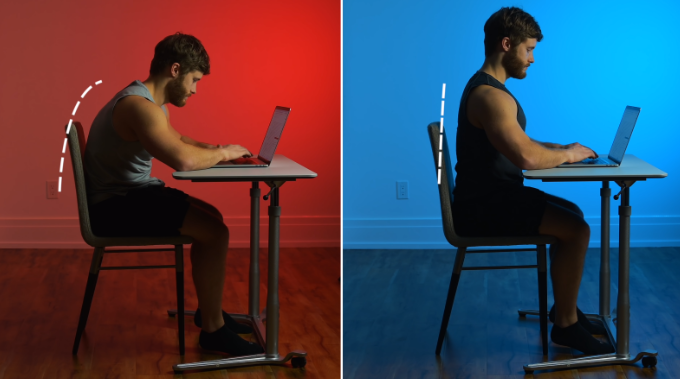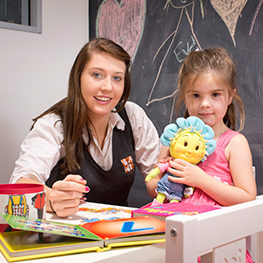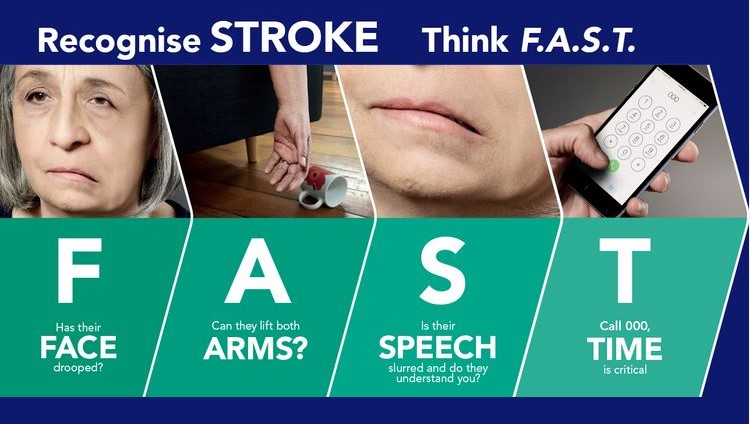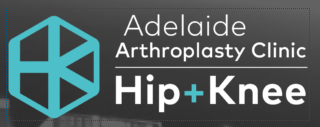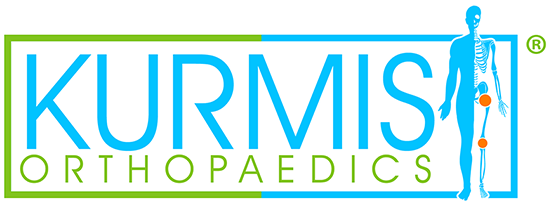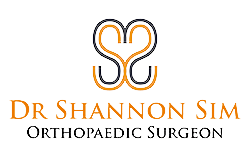What is Bipolar Affective Disorder?
Bipolar Affective Disorder (BPAD) is a medical diagnosis characterized by wide mood alterations, with periods of both depression and mania that can last several weeks or even months at a time. A person experiencing depression or mania may have intense mood swings and changes in thinking and behaviour.
By definition, Bipolar means sharing two poles (high and low) and Affective Disorder means a disorder having to do with mood i.e. the way you think and feel. In most cases, the high pole is experienced as mania and the low pole experienced as depression.
‘Switching’ from depressive and manic periods can be unpredictable and occur in a short time frame.
Read more
